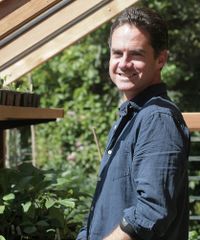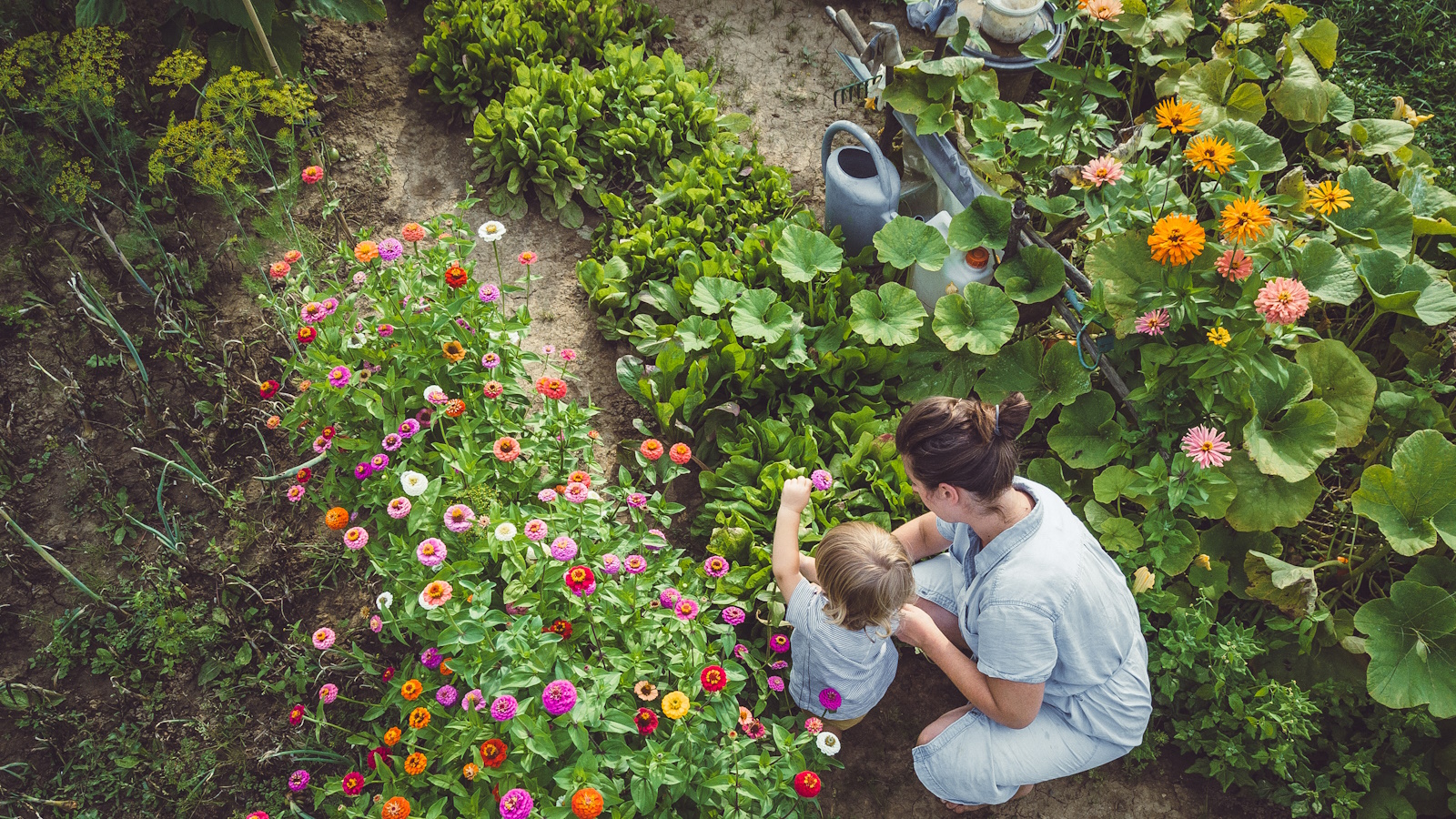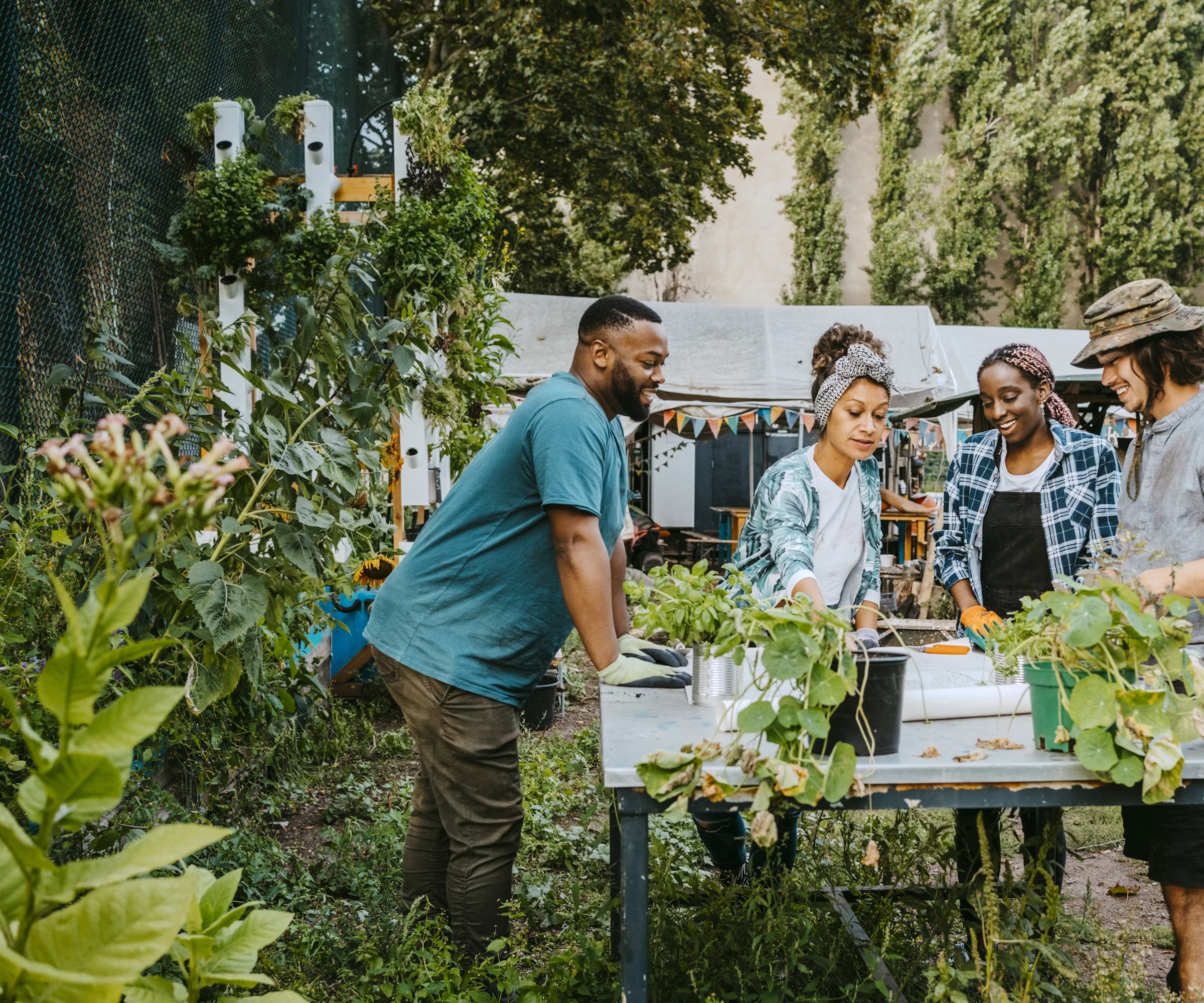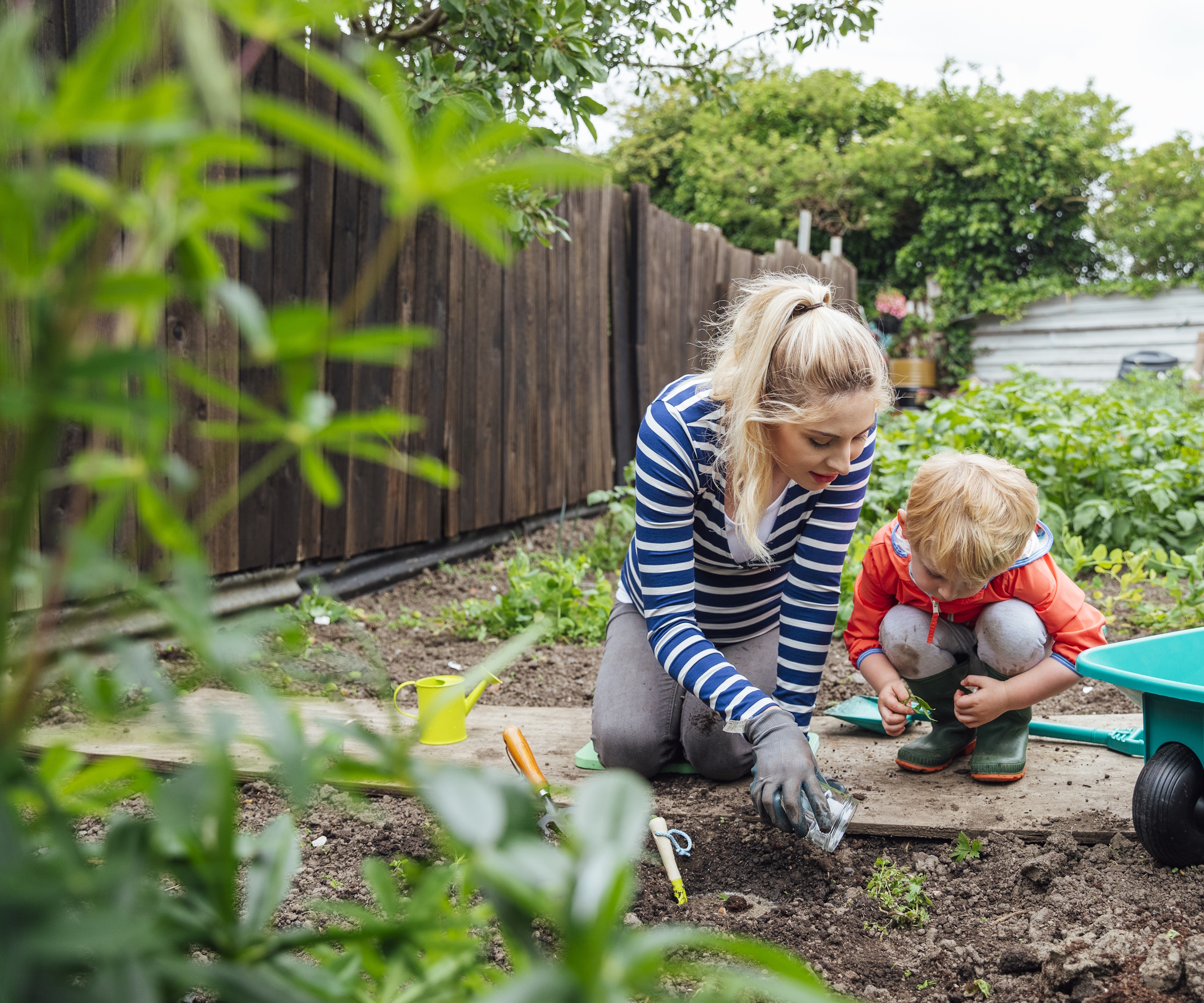I'm a horticultural therapist, and these are the 5 most incredible ways I've seen gardening transform people's health
Discover how gardening can benefit your health and well-being


Having managed therapeutic and community gardens for over a decade, I’ve had the privilege of seeing the benefits of horticultural therapy first-hand and the way it can change lives.
Working with older adults, veterans, children and teenagers, I’ve witnessed the health and well-being of those who have attended the gardening sessions improve in many ways. From mental and physical health improvements to increased social interaction, gardening can be profoundly healing and, when used alongside other therapies, a valuable part of recovery.
With the potential of gardening to improve our health and wellbeing, it is no surprise that horticultural therapy is fast becoming a more recognized part of healthcare globally and is now available in the UK through the NHS and social prescribing.
The benefits of horticultural therapy
Based on my years of experience as a horticultural therapist, I want to share some stories of the most incredible ways I have seen it transform people's health and well-being over my career.
Improving mental health

Those of us who garden regularly probably already know that gardening is good for us on many levels, and research now shows that partaking in horticultural therapy activities can be advantageous for our mental health by helping decrease anxiety, improve mood and reduce stress.
On a personal level, I found that gardening was such a key part of my cancer recovery, on both a physical and psychological level, that I left my role as an occupational therapist to pursue social and therapeutic horticulture, so I could help others benefit from horticultural therapy in their own lives.
From gently pottering in a greenhouse to a strenuous activity such as mulching a border, gardening provides an opportunity to focus on something hopeful other than ourselves and immerse ourselves in nature. For example, even the act of sowing a few seeds or planting some spring bulbs is inherently positive, as it makes us look forward in the hope of things to come.
Design expertise in your inbox – from inspiring decorating ideas and beautiful celebrity homes to practical gardening advice and shopping round-ups.
Having worked with individuals who were experiencing poor mental health, both as a primary and secondary diagnosis, I’ve seen ‘moods boosted’, anxiety lessen and heads that were previously held low, look up and smile at the end of a gardening session.
The community garden I currently manage is often used as a stepping stone by individuals who are navigating life's challenges or as part of their recovery. Through attending the gardening sessions, we get to see them progress and achieve their individual goals, which can include regaining independence, engaging with their local community, or moving on to other volunteering or paid employment.
Building confidence

Another benefit of horticultural therapy I regularly witness is the building or rebuilding of confidence. Life is inherently challenging and can often wear down even the most resilient and robust of us.
In the gardens I have managed, I’ve seen those contending with serious health issues slowly but surely boost their confidence through gardening. From being unwilling or unable to interact with others at the beginning, we’ve witnessed individuals progress to working within a small group and interacting with the public on our produce stall.
Not everyone who comes to the community garden is an experienced horticulturist by any means. However, through learning and mastering new skills and, when ready, sharing these skills with other new gardeners, one’s self-esteem and confidence grow.
Even weeding a small raised bed or sowing some seeds can lead to a feeling of accomplishment and foster a sense of contributing to the community garden as a whole.
Improving physical health

It probably doesn’t come as a surprise that gardening can be beneficial for our physical health. Vigorous activities such as digging, raking up leaves and mowing can be a great way of burning off calories, but they can also help improve muscle strength, stamina and balance.
Even the more sedate gardening tasks of deadheading and seed sowing can be used to help improve fine motor skills, hand-eye coordination and increase vitamin D levels when performed outside.
As we gently increase the activity levels for someone who might be recovering from a physical event or trauma, we not only see an improvement in their strength and capacity but also their confidence as a direct result of this.
Furthermore, by growing your own produce, access to fresh vegetables and fruit becomes more readily available, which, in turn, can help support healthy eating.
I particularly enjoy seeing the children who attend our younger sessions not only devour their favorite strawberries and raspberries that might be ready to harvest, but also dare to try new things, such as cucumbers or tomatoes straight off the vine.
Connecting with others

Gardening is a great leveller and at the community garden we see people come together from all manner of different backgrounds and cultures to work on a shared goal.
With aging populations on the rise, we often see in our older adult sessions individuals who are living alone and experiencing social isolation. In response, gardening groups provide an opportunity for social interaction in a relaxed and informal environment and we regularly see friendships form that go on to exist outside of the garden.
After each gardening group session, we all come together for a cup of tea and a well-deserved snack. This not only provides an opportunity to share the morning’s progress or challenges, but also a relaxed space for people to interact and support one another.
Being a walled garden, the community garden feels a safe and protected space for people to not only come and garden, but also just be. In a way, it is its own little community, where those who come become a valued part and often develop a sense of belonging.
I’m not sure why, but gardeners are generally a very amicable bunch who tend to share their seeds, cuttings and horticultural knowledge freely with others. Thus, it was unsurprising to see some asylum seekers and refugees recently be wholeheartedly welcomed by the community garden and as a result, not only integrate into the wider community but also develop their language skills, increase in confidence and find other volunteering roles and paid employment.
Throughout the year, the community garden yields a huge amount of vegetables, fruit and flowers. This produce is shared after each session between the gardeners and offered to passersby for a donation. It is also given to local food projects, which gives those who have grown it an opportunity to give back to the community and a deep sense of pride.
Connecting with nature

In a world that is dominated by screens, connecting with nature is becoming more important. So much so that the American Horticulture Therapy Association (AHTA) is running a campaign to encourage the younger generations to get outdoors more.
Research shows that it isn’t just being active in nature that is good for you. Even passive exposure to the natural world has been shown to be able to reduce stress and improve mood and lead to faster recovery times for inpatients.
Even though horticultural therapy often focuses on task-based activities, we also try to incorporate some time to just sit and be mindful in the garden. One of our much-loved annual activities that we all take part in is the yearly butterfly count.
This provides us with a welcome opportunity to stop gardening and observe and learn about butterfly species and contribute to a larger national-scale project as well.
However, perhaps one of the most rewarding sessions I get to run is our teenage gardening group. For an age group that is often surrounded by screens and social media, it is great to see mobile phones put away for the duration of the session and hands become immersed in the healing properties of soil, some for the first time.
Seeing a child or an adult be amazed at the array of pollinators and wildlife that visit the garden or digging up potatoes for the first time, is a joy to be a part of.
The spring, summer and fall are often busy times for gardeners. However, when it comes to winter, horticultural activities can sometimes be limited due to the poor weather and lack of light, leaving gardeners at a loss.
That being said, there are some winter garden tasks that will not only keep you busy and give you a head start come spring, but also help boost your mood over the colder months.

Edward Bowring is a horticultural therapist and writer with a passion for gardening and the health benefits that it has to offer. With a background in occupational therapy, Edward worked within health care settings where he witnessed first-hand the healing power of gardening and has managed and run therapeutic kitchen and community gardens ever since.